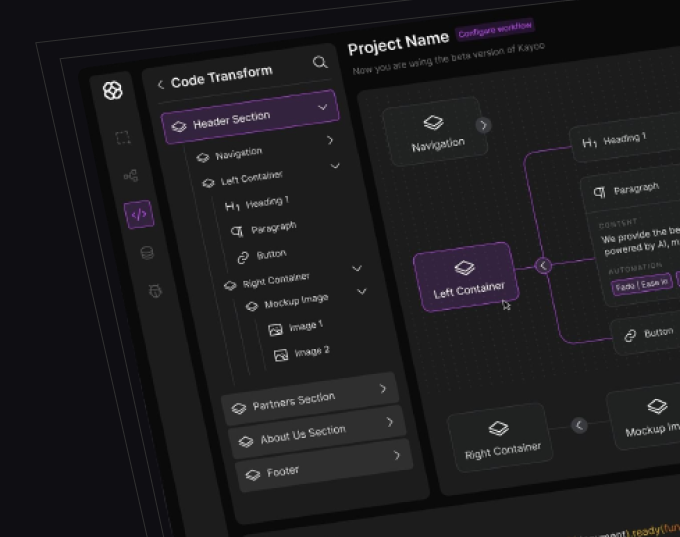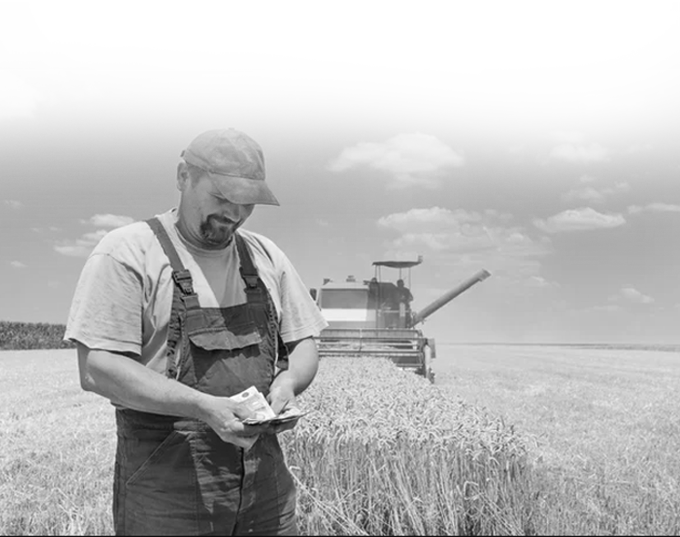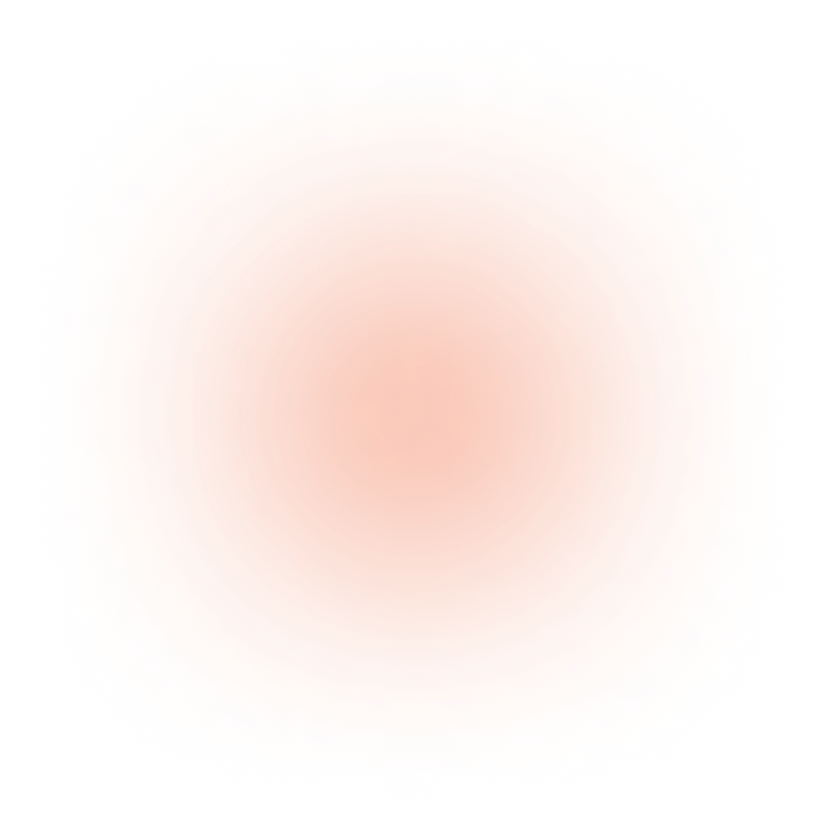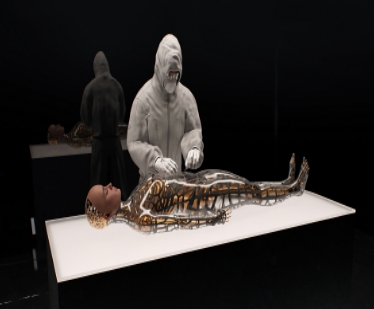

Heimler’s Journey From Blind Spots to Business Clarity – A3logics Unleashes the Power of Live Intelligence
Discover More
Redefining the Future of Lending – Cred Fintech’s Monumental Transformation with A3logics
Discover More
Revolutionizing Credit Risk – How A3logics and Heimler Redefined Trust and Precision with Machine Learning
Discover More
Transforming Risk to Opportunity – A3logics and Heimler Revolutionize Credit Risk Modelling
Discover More





















An open-source text-to-image model called Stable Diffusion creates images from text descriptions. It’s a kind of generative AI model that takes textual inputs and applies deep learning to produce incredibly realistic and detailed visuals. Our experts are skilled in using the potential of stable diffusion to create personalized AI-powered solutions that are tailored to your particular business requirements.

Our AI experts can help you identify use cases for stable diffusion models in your industry and assist with their development or integration into your system. We evaluate your needs, pinpoint issues that can be solved with Stable Diffusion models, and recommend ongoing enhancements after the solution is implemented.
Using the most recent frameworks and technologies, we specialize in building solutions and modifying stable diffusion models to suit your particular requirements. Throughout the whole development process, our team of specialists works in tandem with you to guarantee a seamless and uninterrupted experience.
To guarantee safe and efficient model deployment and integration, we carefully assess and comprehend your needs. The entire process, from model selection and configuration to integration, testing, and deployment, is covered by our stable diffusion model integration and deployment service.
Through our stringent quality assurance and testing procedures, we guarantee the delivery of superior, stable diffusion models that correspond with your distinct business goals. Our stable diffusion developers validate and enhance the performance of stable diffusion models using cutting-edge testing approaches.
Our AI engineers can provide continuous technical support, upgrade, and maintenance services to ensure that your stable diffusion model-powered solution stays current and continues to operate at its best over an extended period.
Our Stable Diffusion developers make sure to provide effective, secure, and future-proof Stable Diffusion Model-powered solutions through a meticulously selected methodology. Our solutions development process powered by the stable diffusion model includes:
To begin with, we comprehend your particular needs and issues to provide you with the best Stable Diffusion solution. Collecting requirements such as desired functionality, features, use cases, intended audience, and performance expectations is another of our main priorities at this time.
To create your stable diffusion model, our experts will work on design and planning, outlining the architecture, data flow, algorithms, and other essential elements. Our team does research, prototypes, and tests many ways to find an effective and scalable solution before providing you with a strategic plan.
To train and tune the model for best performance, we make use of cutting-edge technologies and sophisticated methodologies. Our group of Stable Diffusion programmers employs a strict evaluation process to make sure the model satisfies the standards for efficiency and accuracy.
To guarantee the stability, dependability, and effectiveness of your stable diffusion model, our developers carry out precise testing and validation. To find the holes and shortcomings in the Stable Diffusion model, we will set up an appropriate testing environment and conduct several test cases.
This phase involves implementing and integrating the Stable Diffusion model into your current infrastructure. Depending on your preference, we guarantee the seamless deployment of Stable Diffusion solutions. We optimize the system for maximum performance and security while facilitating seamless transition.
We offer ongoing upkeep and monitoring to ensure the longevity of your stable diffusion model. In this phase, the system may also be updated or upgraded with new features and functionalities. To guarantee the smooth running of the Stable Diffusion solution, our Stable Diffusion developers do routine maintenance checks on it.

We can integrate sophisticated algorithms and statistical models into Stable Diffusion solutions because of our unmatched expertise in machine learning. We can easily apply several machine learning (ML) techniques, such as natural language processing (NLP) and predictive analytics, to create systems that leverage stable diffusion models and convert text data into insightful visual representations.

We fully comprehend how multi-layered artificial neural networks are used by deep learning models to represent intricate patterns in data. To create extremely effective solutions, we also use the Stable Diffusion deep learning architecture created for NLP workloads.

Our Stable Diffusion engineers use their Fine Tuning knowledge to perfect your models. Fine-tuning, often referred to as transfer learning, aids in improving Stable Diffusion models so they are effective at completing narrow, targeted tasks. Stable Diffusion models can be optimized for optimal effect, resulting in increased precision and effectiveness.

Our area of expertise is transfer learning, an AI technique that speeds up training and maximizes performance by reusing previously trained models on comparable tasks. We know how to apply trained models to solve certain issues, resulting in quick and practical fixes.
Want to hire the best talent for your software development project. At A3Logics we offer the following hiring models for a smooth onboarding process.
It is an experienced, self-sufficient team made up of several positions (such as project manager, software engineer, QA engineer, and others) that can provide technological solutions quickly and effectively. Each unique project has specified duties, and a Scrum Master works in tandem with the client’s product owner to oversee the project.
Team extension is appropriate for projects and businesses of all sizes. It bridges the talent gap in your team by bringing in the necessary talent. The members of your extended team are integrated into your local or distributed team, participating in your daily meetings and answering directly to your supervisors e to grow quickly and as needed.
We can assess the project and provide a set quote once the project’s scope, deliverables, acceptance criteria, and specifications have all been precisely established. Small- to medium-sized projects with well-documented specs are best suited for this. The team will be provided on the basis of the project’s requirement.
CMMI Level 3 and ISO 9001 & ISO 27001 certifications ensuring top-tier quality, data security, and compliance for all AI Copilot implementations, meeting industry standards.
With over 1500+ successful AI projects across 30+ sectors, we bring unparalleled expertise in building and deploying AI Copilots tailored to specific business requirements.
From Fortune 500 companies to startups, our clients rely on us to create robust, intelligent copilots that transform business processes and improve decision-making.
Choose us for our proven expertise as a Certified Microsoft Solutions Partner and AWS Select Tier Services Partner. Our partnerships ensure high-quality, scalable, and reliable solutions.
Leveraging expertise in 50+ technologies, we follow an iterative process to develop, test, and refine AI Copilots, ensuring continuous improvement and adaptability.
We offer time-zone-friendly services to ensure smooth project execution, fast response times, and on-time delivery, no matter where your business is located.
A3logics redesigned the logistics software of a mobile app solutions company’s end customer. The project included creating a comprehensive solution with reporting features, order tracking, and system updating.

“Their distinct flexibility and their strong communication were the project’s main assets.”


A construction technology company hired A3logics for custom software development. They created a construction digital platform that allows users to see project areas, distribute resources, and share data.
“Their software has proven essential in the construction sector.”

A3logics created and implemented a custom logistics software solution for a wealth management platform. This included developing features and integrating real-time tracking and data analytics functionalities.

“They ensured our collaboration went well by providing timely items and responding quickly to our requests.”


A3logics created and executed a personalized Generative AI system that featured chatbots for customer service, prediction algorithms, and AI-powered data analysis tools.

“Their technical expertise and reactivity were excellent.”


A3logics has developed an administrative management system for a health testing company. The product is designed to handle operations such as consultant matching, time reporting, and compensation management.

“The collaborative team we’ve worked with has shown great flexibility and excellent project integration.”


A transportation company hired A3logics to create a custom software program for freight activity tracking. The team also created invoicing tools and a driver-tracking system connected to a dispatch system.

“Their thorough inquiry and engagement with our team reflect their commitment to understanding our requirements.”




Marketing Head & Engagement Manager